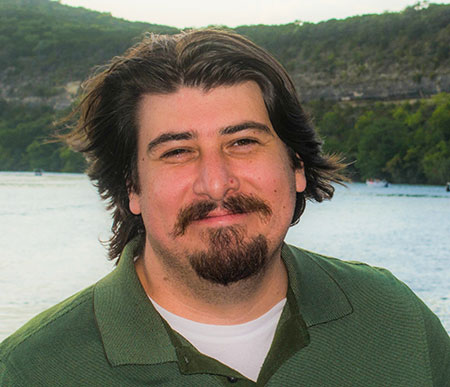
Cody Bann began his career as a junior software engineer for Specter Instruments, the company that developed WIN-911. Almost immediately after being hired, he was tasked with helping develop two of their widely used SCADA connections; however, he survived being thrown in the deep end and is now the director of engineering of what is now called SmartSights.
What is your favorite part of the job?
It’s very gratifying to support the people who help keep our modern world running—the utilities and municipalities that use our software and especially the people responsible for my family’s drinking water.
It’s also rewarding to point to so many Fortune 500 companies utilizing our products to increase efficiencies in myriad industries, such as pharmaceutical, oil and gas and data centers; that’s important work, too. However, my personal favorites are the applications and use cases we never imagined while coding—aquariums hosting exotic species, NASA testing rocket engines for their Artemis program and cranberry farms monitoring bog conditions.
What is the most challenging part of your job?
Designing software that’s flexible enough to support so many use cases while still being simple to configure. That flexibility/simplicity tradeoff usually takes a couple of iterations to find a good compromise. I always welcome usability feedback to make improvements.
What are some of your long-term career goals?
Since the company acquired SyTech in August and rebranded as SmartSights and have been building out the solutions portfolio, I’m eager to empower end users with more capabilities. When we launched our third version of the mobile platform, I recognized how much potential our tablet and phone solutions had beyond alarm notification.
We have realized some of that potential; we’re actively developing more, and I want to see that expansion continue. I want our mobile solutions to be the application that remote operators reach for first to understand what’s going on with the assets and processes for which they are responsible.
What is your advice to college students or young professionals new to the industry?
Patience is important because industry changes happen slowly. It’s important to not only keep up with the latest tech stacks and trends for those new opportunities, but it’s critical to maintain backwards compatibility and solutions for systems that won’t be upgraded for many more years; that’s probably the biggest difference between building software for consumers and building solutions for industry. Consider decisions about toolkits and technologies carefully. You can always set a new course moving forward, but you have an obligation to continue those operations on a course set previously.


